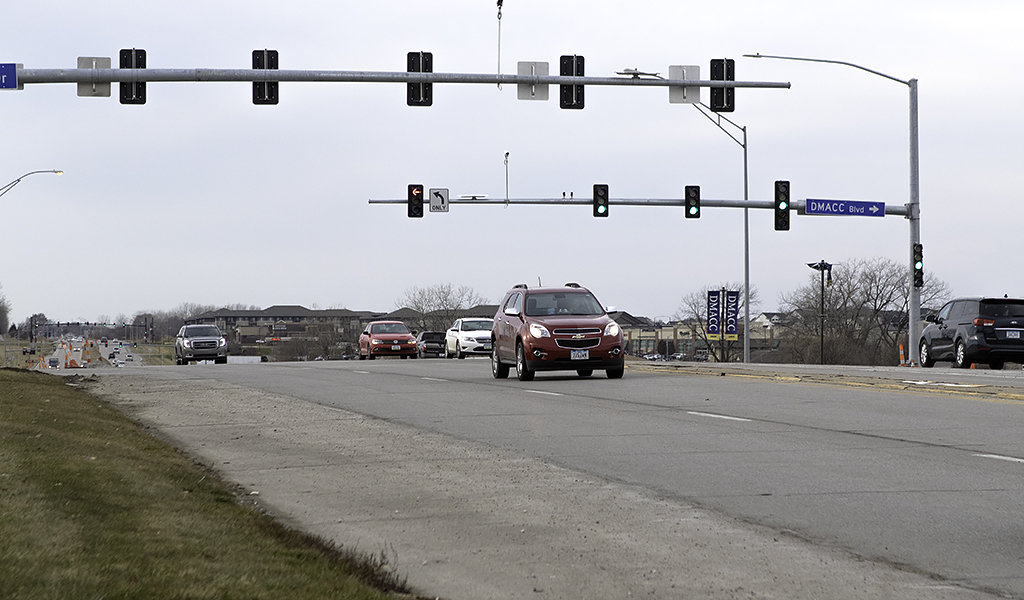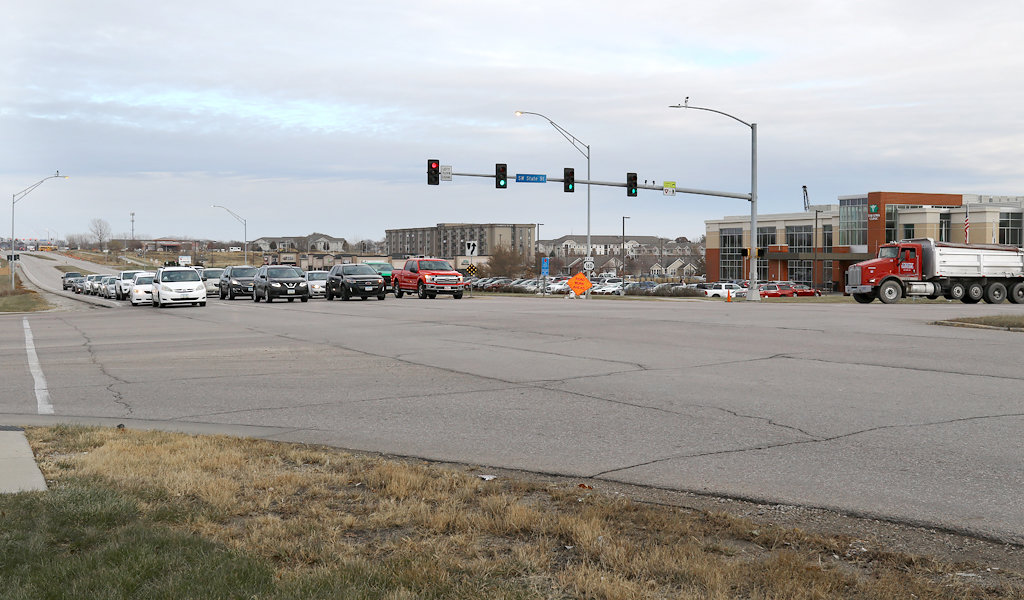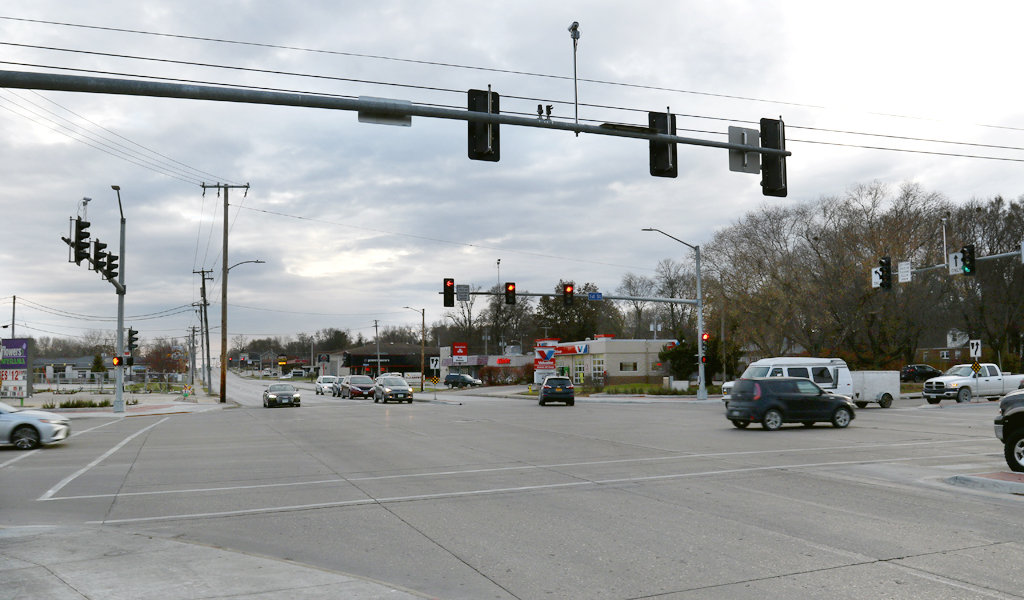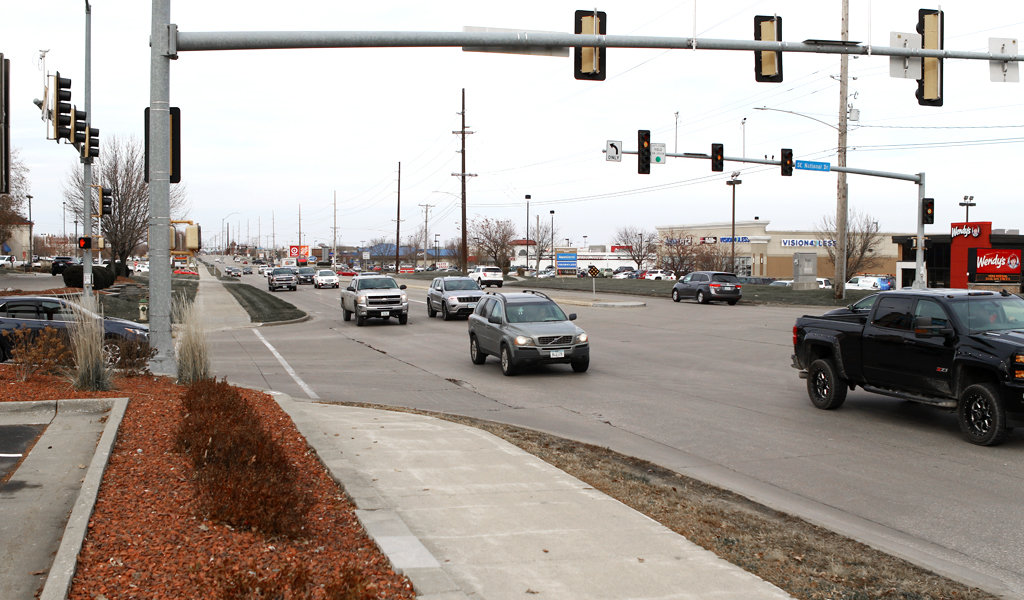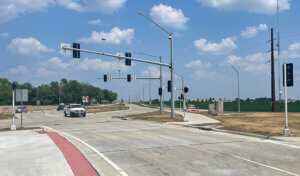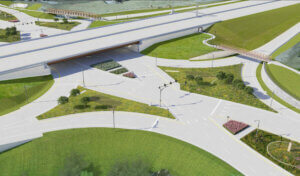
Growing Population Creates Traffic Congestion Issues
With a population that has more than tripled over the last three decades, the City of Ankeny, Iowa has been continually outgrowing its infrastructure. Located on the northern outskirts of Des Moines, Ankeny’s exponential growth has led to a need for more schools, expanded housing options, and wider roadways to accommodate the heavier traffic volumes that accompany the ballooning population.
However, simply creating wider roads can’t solve all of the traffic flow problems. Having properly timed traffic signals that work in conjunction with one another is critical to keeping vehicles and pedestrians moving safely and efficiently. Systems not operating at optimal levels can result in more stops, longer delays, overconsumption of fuel, excess pollution from emissions, and frustrated drivers.
Funding Assistance makes City-Wide Signal Timing Project Possible
The City of Ankeny hired Snyder & Associates to perform a city-wide signal timing project that encompassed 48 intersections. Our firm assisted the city in applying for and obtaining $116,800 in Iowa Clean Air Attainment Program (ICAAP) funding to help pay for the project. The majority of the intersections in the project were located along seven busy arterials. This included two state highways, as well as an interchange with Interstate 35. The existing traffic signal systems consisted of fiber optic interconnected NEMA controllers with centralized master control.
This extensive project included traffic count data collection, “before and after” travel time studies, a review of phasing and basic timing parameters, and the development of timing plans using Synchro and SimTraffic software. Signal timing models were developed for AM/PM, off-peak, and weekend time periods. Basic timing parameters, including vehicle clearance intervals and pedestrian clearance intervals, were reviewed for consistency with the Institute of Transportation Engineers (ITE) guidelines and the Manual on Uniform Traffic Control Devices (MUTCD) requirements. Our team was also responsible for the field review of the implemented timings, evaluation of field adjustments, and the preparation of a summary report.
Unique Intersection Geometries & Traffic Situations Create Complex Challenges
Several characteristics of the project required special consideration throughout the project, including:
- The presence of several highly-congested, eight-phase intersections
- Closely-spaced offset T-intersections
- The need for signal phasing modifications review
- Vehicle queuing concerns at multiple locations
- Coordination with the city on planned intersection improvements
- Coordination with Iowa DOT on clearance intervals and phasing modifications
Updated Timing Plans Result in Major Improvements
Based on traffic modeling, detailed timing plans were prepared and provided to the city for implementation. The new timings were implemented, with observation and adjustments being coordinated over a several month period. Travel time studies performed after the updates have shown a 27% overall reduction in vehicle stops. Delays along three of the major corridors were reduced by 18-25% despite continued traffic growth in the two years between the “before” and “after” studies.
